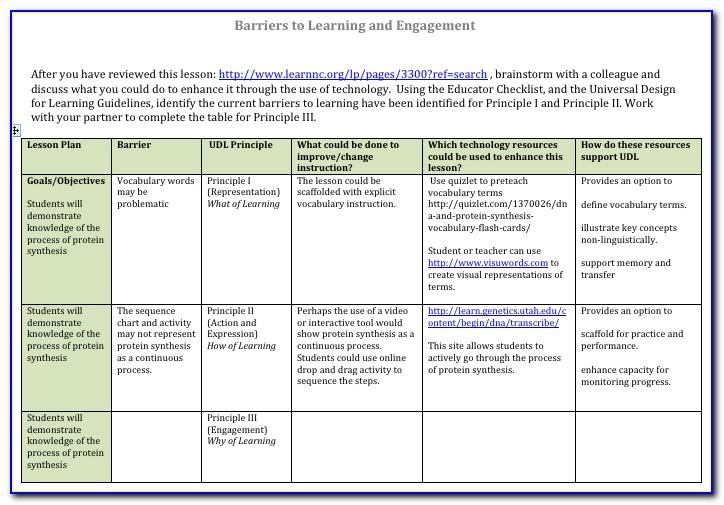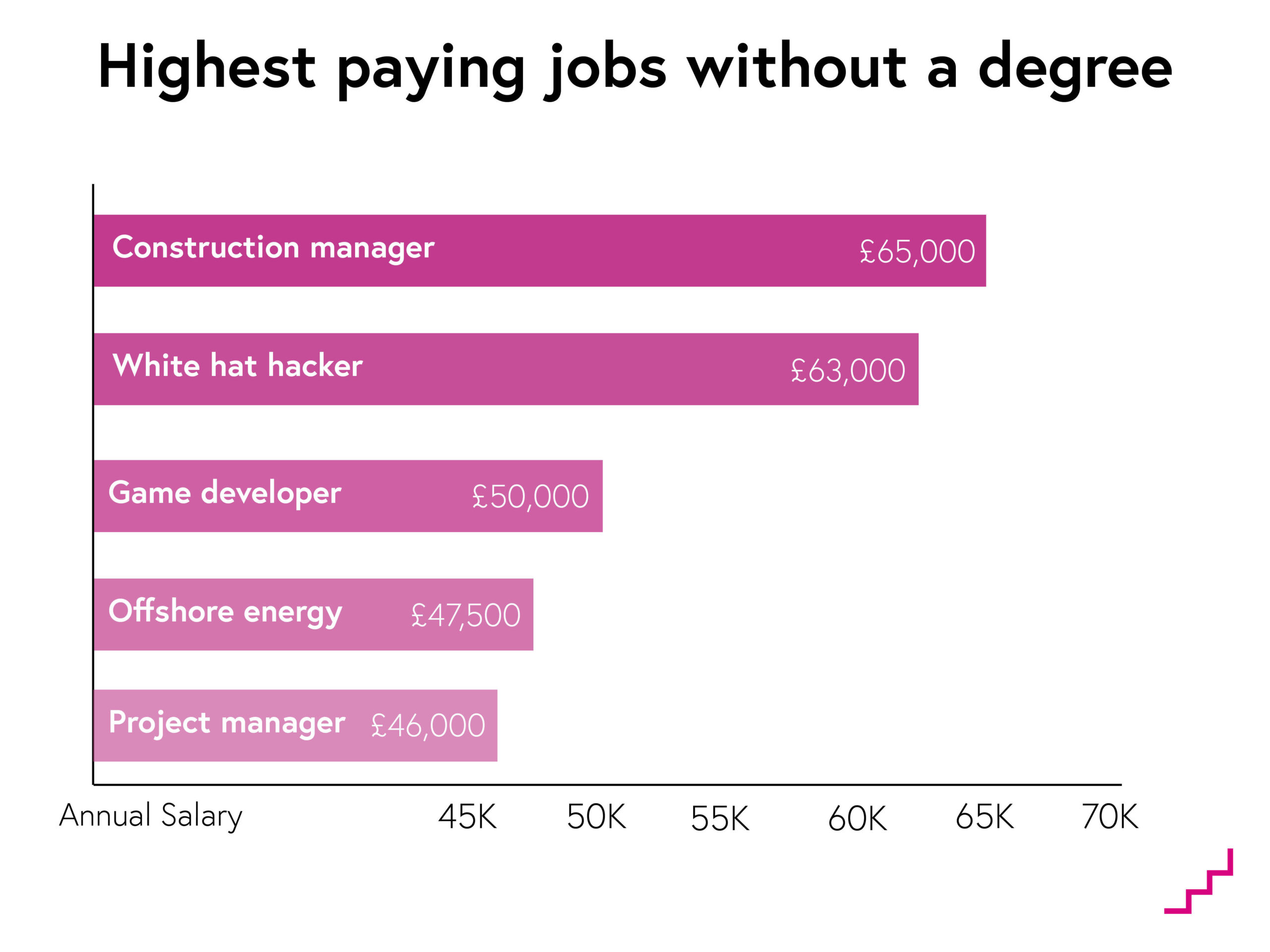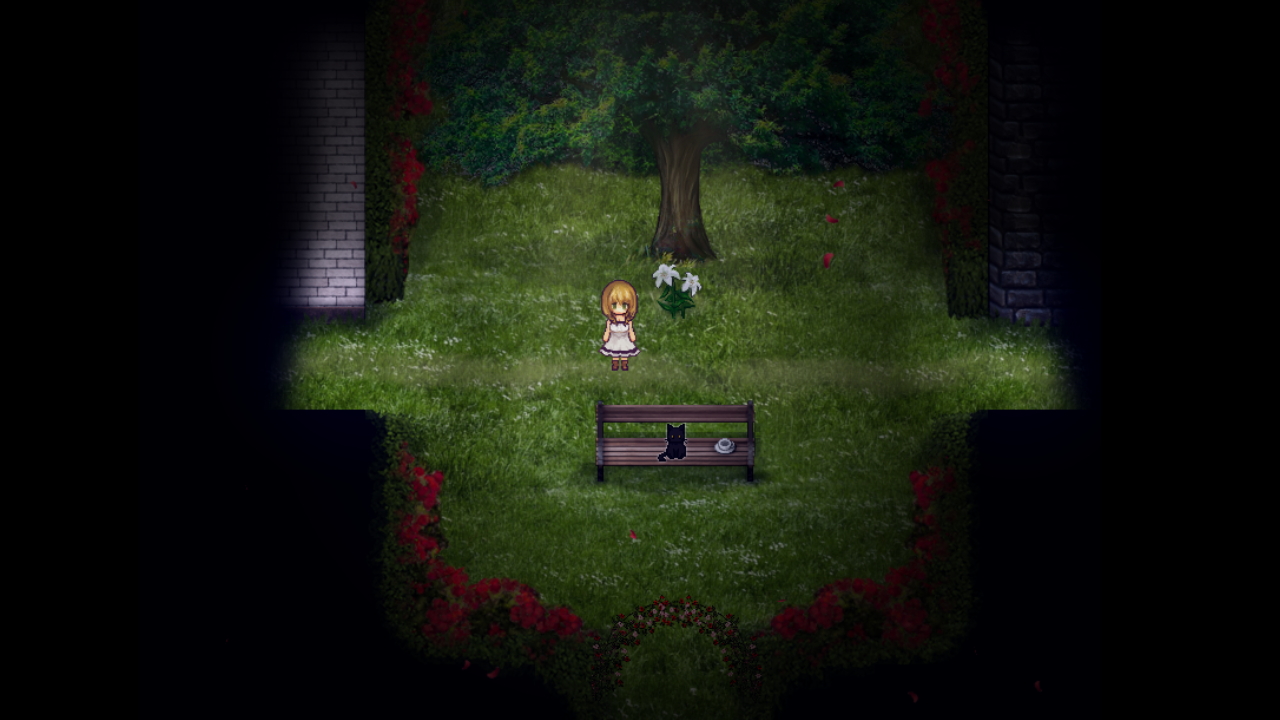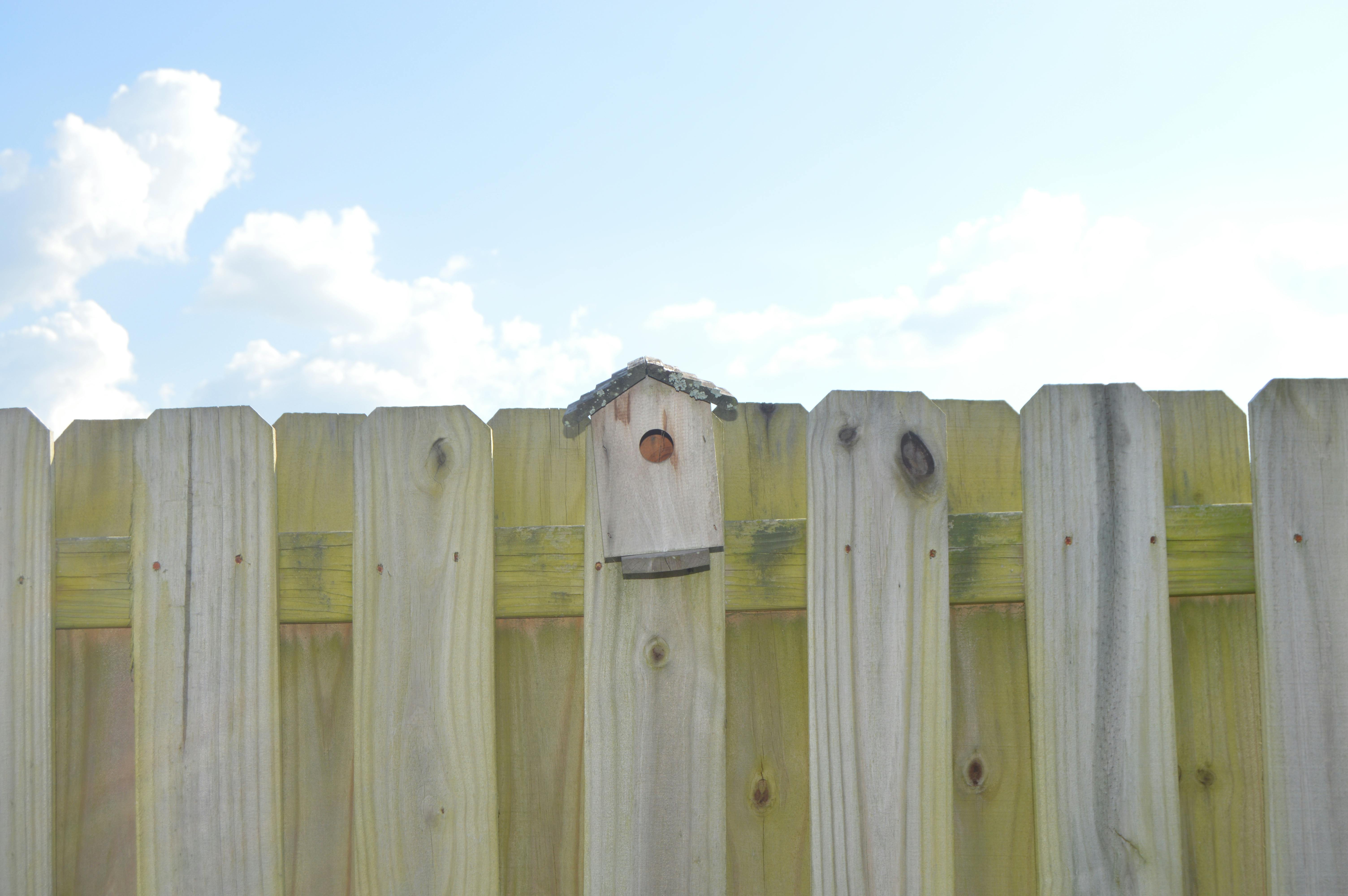Table Of Content
- Learning by Design Charter School Reviews
- Color for Design and Art
- Want design tips & business trends (and the occasional promotion) in your inbox?
- Access this chapter
- Learning by Design: Reconstructing Knowledge Processes in Teaching and Learning Practices
- Center for Teaching
- Design for Learning: Principles, Processes, and Praxis

Students are tested for reading skills, and those who are not reading at grade level are given individual READ plans. SPELL-Links uniquely combines speech-to-print, multi-linguistic, and meta-linguistic word study methods. With SPELL-Links products and services you have everything you need to deliver structured literacy instruction that produces strong writers and fluent readers with deep comprehension and rich vocabularies. The Real World Co-design Platform provides a unique opportunity for students, educators and parents to gather and engage in real-world problem-solving through a design experience. They will tackle challenges from public and private organisations by applying design mindsets and skills and offering fresh perspectives on real issues.
Learning by Design Charter School Reviews
Preparation will continue through the summer before being implemented in classrooms at SU and Worcester County schools this fall. Classroom Sound Wall MaterialsAccess a complete set of printable 5.5″ x 4.25″ keyword pictures representing each of the English phonemes to create your very own sound wall. Access interactive sound wall with keyword pictures in PowerPoint® and Keynote® formats. There are a range of tools at our disposal- new features are made available constantly and new tools are developed yearly –the landscape is getting more crowded. In recent years, there have been multiple attempts to explicate this software ecosystem, below is an attempt by Navitas, to bucket tools depending on the stage of the learning lifecycle they were designed for and impact.
Learning Design - Professional Moodle Course Design - Moodle
Learning Design - Professional Moodle Course Design.
Posted: Thu, 15 Feb 2024 05:59:59 GMT [source]
Color for Design and Art
Data is very powerful in that it gives instructors control over evaluating the effectiveness of the lesson and it’s design, including deciding the right changes to make for refinement for the next cohort –the hallmark of iterative design. Born around 1990’s Learning Sciences is an interdisciplinary field that looks to progress scientific, humanistic and critical theoretical understanding of learning. However in some instances “research” can be more or less formal, frequent, and elaborate. As previously stated, backward design is beneficial to instructors because it innately encourages intentionality during the design process. It continually encourages the instructor to establish the purpose of doing something before implementing it into the curriculum. Therefore, backward design is an effective way of providing guidance for instruction and designing lessons, units, and courses.
Want design tips & business trends (and the occasional promotion) in your inbox?
Neural multi-task learning in drug design - Nature.com
Neural multi-task learning in drug design.
Posted: Tue, 20 Feb 2024 08:00:00 GMT [source]
The Smart Sparrow Studio comprises of people from various backgrounds, mindsets and (of course) specializations which helps in bringing diversity, perspective and unbiased approach to our work. For most educators, you really can’t discuss instructional design without quickly switching to the more specific topic of learner-centered design. The driving belief is that focusing instructional design projects on the needs, desires, and hopes of learners ensures that the project is successful.Learner-centered design builds partially on the language and processes of human-centered design. It maintains people as the centerpiece and raison d'être throughout every moment of a project by continually asking, “Is this the best solution for my user? IDEO developed a very comprehensive Design Thinking for Educators Toolkit with plenty of activities, tools and methods that can be used to apply design thinking in this space.

Deeper learning is supported when students design and create an artifact that requires understanding and application of knowledge. DBL activity supports iteration as students create, assess, and redesign their projects. The work's complexity often requires collaboration and specialized roles, providing students with the opportunity to become "experts" in a particular area. In contrast, the backward design approach has instructors consider the learning goals of the course first.
Learning by Design: Reconstructing Knowledge Processes in Teaching and Learning Practices
After the AI revolution, the shape of the graphic design industry has completely changed; one has to be an enthusiastic learner to have a commendable future in graphic design. For professional efficiency, you need to have strong analytical skills to understand the current trends and visionary abilities to produce futuristic designs based on trends. The Learning by Scientific Design Network seeks to strengthen aspiring teachers’ instructional skills by grounding their practice in a scientific understanding of how students learn. The network will bring together SU’s teacher candidates, Worcester County mentor teachers and administrators for professional development, allowing for a coordinated educational effort. “Curriculum development should always come after, and be guided by, the development of a mission, a strategic direction, and desired learning outcomes for each degree”.
Students
According to the Learning Policy Institute, new teachers who have completed comprehensive preparation makes them two to three times more likely to stay in the classroom for the long term. Interventionist MaterialsEach SPELL-Links to Reading & Writing purchase includes access to our online library of resources corresponding to the SPELL-Links curriculum. Richard Culatta suggests how a shift to personalized learning is the key to the future of education in America. To make this shift, we must close the digital divide between those who can leverage technology to reimagine learning and those who simply use technology to digitize the status quo. The text would serve as a holistic reading for a course/program, or could easily be used in sections as deemed appropriate. Some of the chapters are hefty, so it would take some time for an instructor to decide what chapters/sections would be appropriate for their own course.
He set out to create a machine learning-enabled system that could help with the admissions process, ultimately meant to direct employees’ energy and resources toward students in an earlier and more effective way. Leading the way from SU faculty will be Dr. Brian Flores, with a focus in literacy and deeper learning; Dr. Gurupriya Ramanathan, with a focus in early childhood science methods; and Niya Brown, a former Worcester County teacher, with a focus in how to motivate learners. At Smart Sparrow we work really hard to create space for creativity and exploration, in order to produce extraordinary work. We know now that designing for the digital medium is not like designing for face-to-face, hence it’s important to follow a process fit for purpose. In addition we embed a philosophy into our courseware design & production process and hence view our process as a set of guidelines.
The text is grouped in sections with several chapters included in each section and a brief introduction at the beginning of each section. The section organization is well-thought out and described for the reader, however, the chapters contained within could benefit from reorganizing and better links between them. Information varied quite a bit across chapters, from general to highly specific, and it will take time as an instructor to sort through which chapters provide the best fit for class purposes. Conversely, some information is repeated several times across different chapters as well.
The previous playground was inaccessible to the students, with only a slide, a small swing set and some monkey bars. The project has been one of the most ambitious in the Freedom by Design club, housed within the American Institute of Architects student chapter at NC State. Students in Freedom by Design are committed to designing and building solutions to community problems, and have worked with teachers and administrators at the Governor Morehead School to anticipate and account for student needs in this space.
This text is extremely relevant for those just entering the field of instructional design, but can also be used as a review of current practices by those currently working in the field. Relevant research for the field is included, and the content could be easily updated as relevant research is published and presented. This book is a comprehensive look at the ever evolving field of instructional design, sometimes referred to as learning design. Both up to date practical implications, as well as theoretical underpinnings are included, giving a holistic view of the field.















